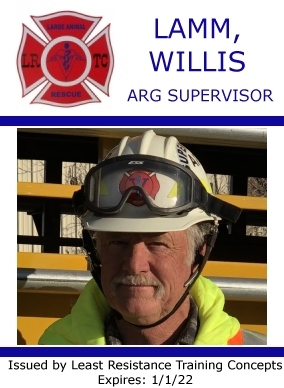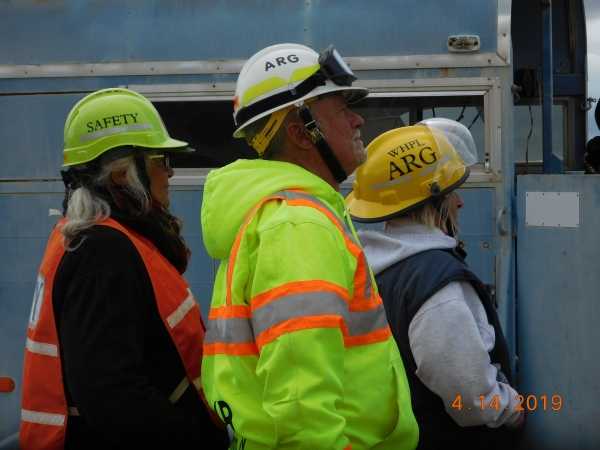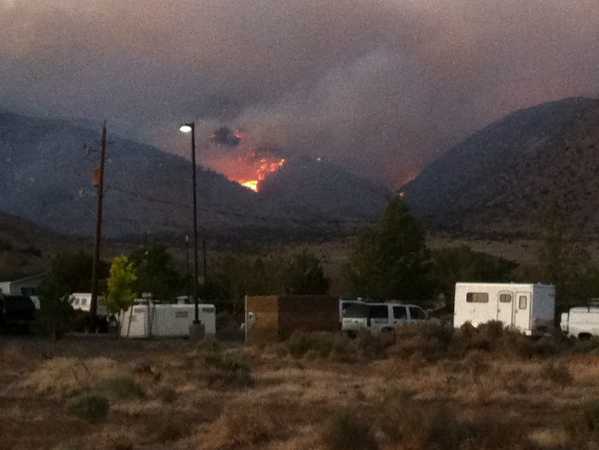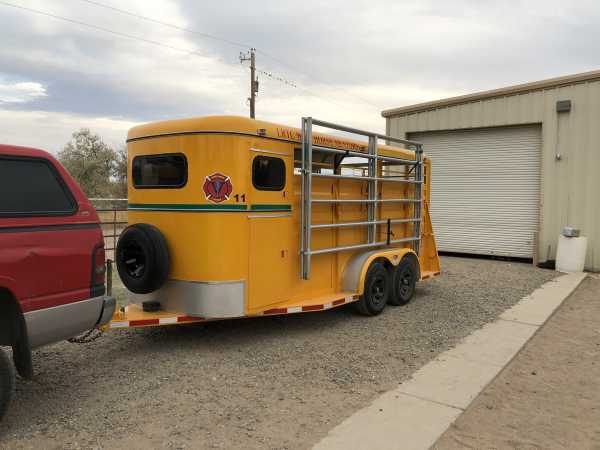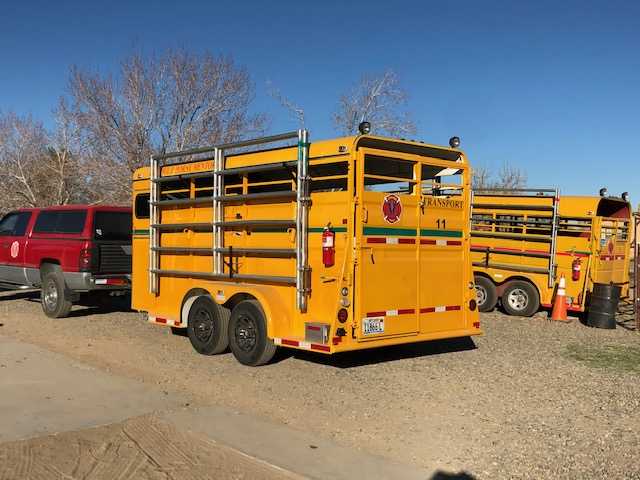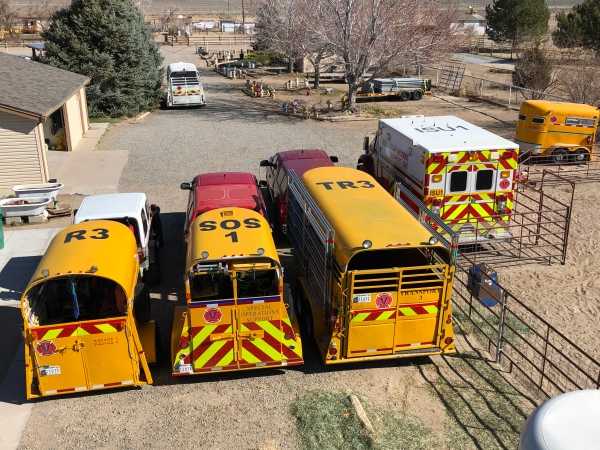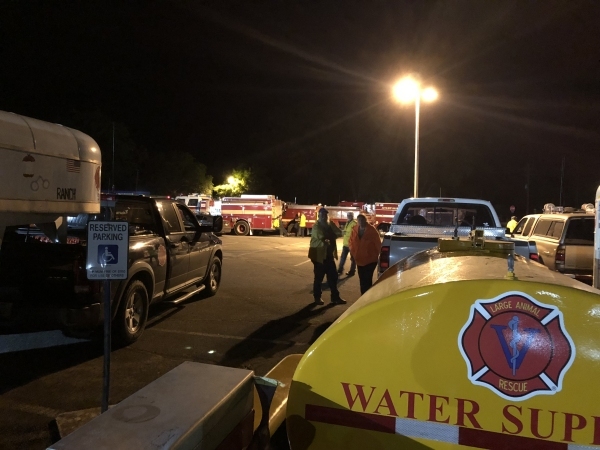|
In summation, officials at an incident should be able to immediately determine who is entering and operating within an emergency zone and their qualifications.
|
|
Staging Areas / Spontaneous Responders
|
- Staging and Staging Areas
Proper staging and accounting of resources is a critical issue. Incident command staff need to know what resources have arrived, their capabilities and their abilities to stay "connected" (via communications systems) to incident operations.
In theory each incident has one or more designated staging areas for resources, each with a dedicated Staging Area Manager who accounts for and catalogs all arrivals and assigns various resources to incident missions. In most cases entities such as the fire service and Search and Rescue are pretty effective with respect to organizing staging areas.
In reality, when incidents get complicated some of the auxiliary resources, including large animal rescue teams, can get lost in the chaos as command staff struggle to identify and dispatch arriving fire, search and rescue and law enforcement resources.
Some staging areas may be well organized with various types of resources assigned to park in specific locations within the staging area upon checking in. At the other extreme, particularly during rapidly escalating incidents, there may be nobody available who is managing the staging area. Nonetheless, arriving resources should be prepared to provide key information to whomever is tasked with receiving it and passing it along to Incident Command.
A well organized staging area where various types of resources are parked in distinct areas.
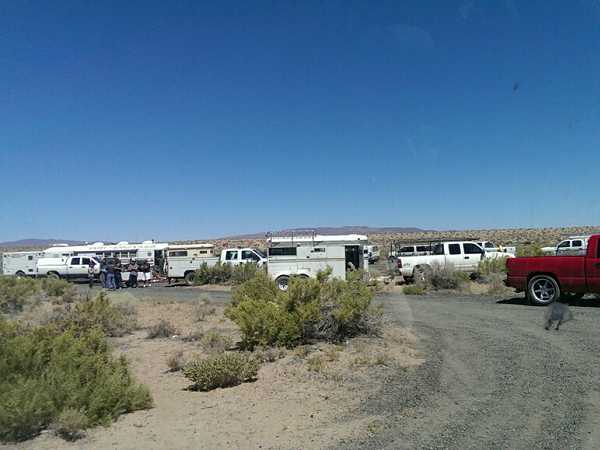
Critical conduct at staging areas includes:
- Park clear of traffic circulation areas and be aware that some resources pulling through may need additional room to maneuver.
- Park facing the likely direction of departure.
- Keep the group together in the same general location.
- Keep all responders together, or connected via radio, to prevent delays when response assignments are made.
- Wear proper identification so responders can be identified as being authorized to be in the staging area and be seen by moving vehicles at night.
- Be constantly aware of other vehicles arriving and departing from the staging area.
Critical information to provide on arrival includes:
- The group's designator or identifier, e.g., Strike Team Henry-1. ("Henry" would the phonetic for "H" which in many regions identifies a horse team. L.E. phonetics are used in our county to distinguish the team from "hotel" which could designate a Division.)
- The location or agency from which the group originated.
- Which agency requested the response.
- The requester's orders and resource request number, if applicable
- An inventory of assets assembled in the group (e.g., 5 stock trailers and a pilot vehicle.)
- Personnel Accountability Information (names of responders on which units, preferably provided in writing or via digital media such as texting.)
- The Strike Team's (or Task Force's) Leader's identification and contact information.
- Functional qualifications.
- Communications capabilities.
Critical information that the leader should acquire includes:
- Who the Staging Area Manager is (if not clear on arrival.)
- Who the group is working under per the Incident Action Plan.
- How the group's leader will communicate with incident superiors during operations.
- Whether pilot cars (escorts) will be provided.
- Whether incident maps can be obtained for the area where the group is expected to operate.
- Where animals are to be delivered when picked up.
- An appropriate incident safety briefing.
These elements may be relatively easy to achieve if the staging area is adjacent to the Command Post. Getting useful information can be more challenging when staging occurs in some remote area. Nonetheless, it is a best practice to provide and receive as much information as possible before mission assignments are handed down to evac units.
Additionally, the period shortly following arrival at the staging area should be used by volunteers to double check all of their vehicles, supplies and safety gear so that there will be no avoidable delays when they are asked to respond.
Large incidents tend to draw spontaneous responders who want to help. Some of these responders, particularly if they arrive with useful assets such as well maintained stock trailers, can be quite beneficial. However there are some important issues to consider before integrating spontaneous responders into the operation.
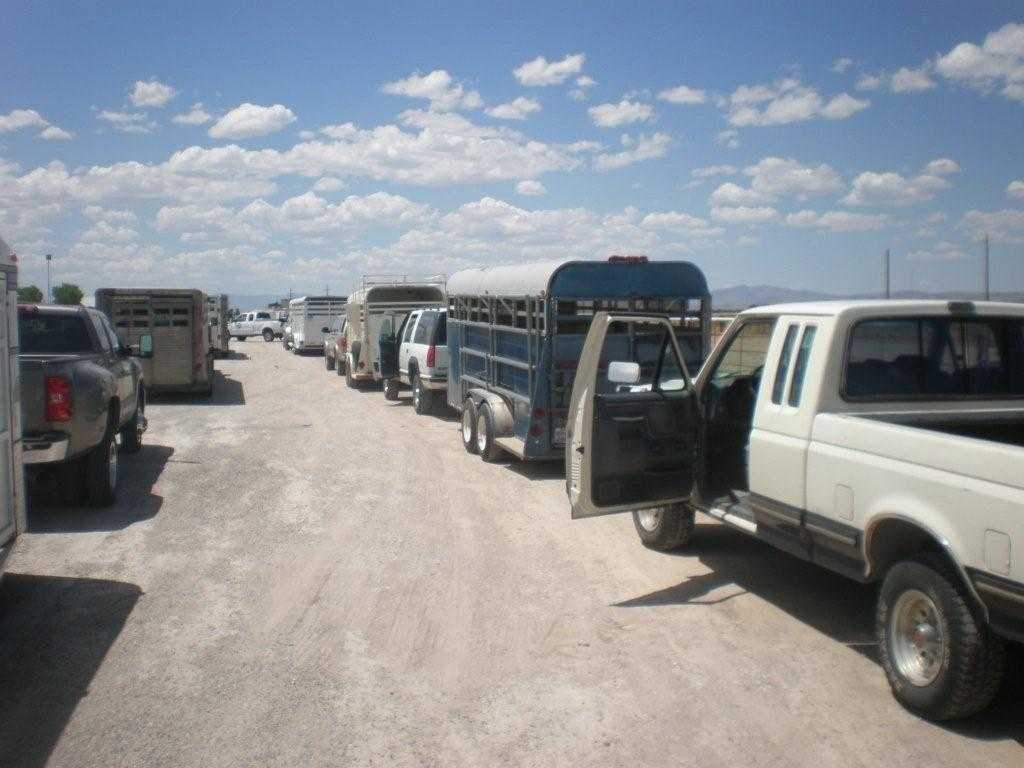
Oftentimes Incident Command is busy with critical incident issues and will to pass down to the Animal Rescue Group Supervisor or Strike Team Leader to determine whether or not to use various spontaneous volunteers. Thus the recognized large animal responders need to have some criteria to use when evaluating these additional assets.
- Are the spontaneous volunteers known individuals with known skills?
- Can the spontaneous volunteers' assets benefit the overall mission?
- Are the spontaneous volunteers themselves effective force multipliers or providers of additional hauling capacity?
- Are the spontaneous volunteers capable of taking assignments on their own or should they pair up with credentialed units?
- Could spontaneous volunteers be useful making long distance hauls from relay points to long term shelters, helping staff shelters and/or delivering needed supplies?
Many of these answers may be based on familiarity with the spontaneous volunteers and their equipment. Other deciding factors may include the volunteers having appropriate personal safety gear needed for deployment in forward locations, communications capabilities, and past experience in public safety and/or disaster operations.
If spontaneous volunteers are utilized, their personal identification and vehicle information should be logged for PAR and security purposes. If they may be expected to operate in secure forward positions, some form of temporary identification should be applied to their vehicles.
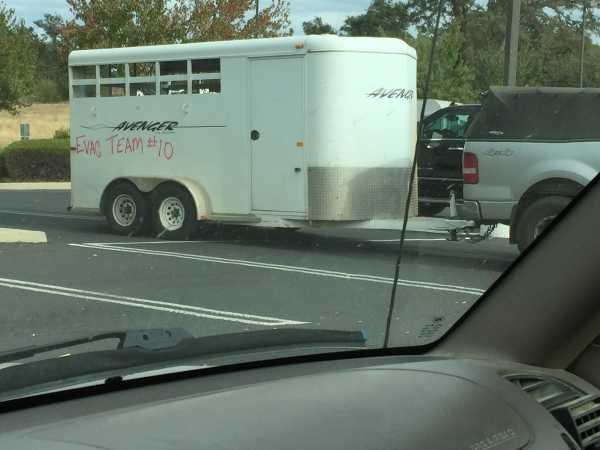
Some spontaneous volunteers may be better suited for helping at the large animal or other shelter, help with logistics, or provide other suitable assistance. Spontaneous volunteers in any capacity would need to be processed, matched for suitable skill sets, checked in and out, provided task-specific training as may be warranted, and supervised as needed.
© 2017 Least Resistance Training Concepts. All rights reserved.
Permission to use content and images for non-commercial purposes.
| 


